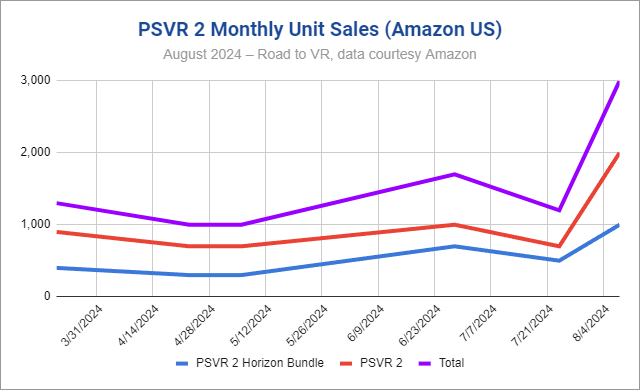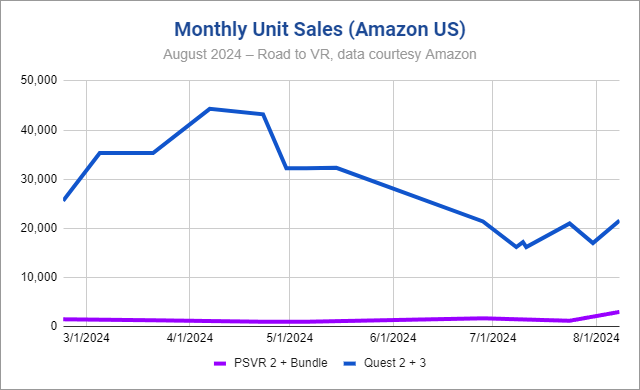
To help find ways to solve transportation issues such as poorly maintained roads, traffic jams, and the high rate of accidents, researchers need access to the most current datasets on a variety of topics. But tracking down information about roadway conditions, congestion, and other statistics across multiple websites can be time-consuming. Plus, the data isn’t always accurate.
The new National Transportation Data & Analytics Solution (NTDAS), developed with the help of IEEE, makes it easier to retrieve, visualize, and analyze data in one place. NTDAS combines advanced research tools with access to high-quality transportation datasets from the U.S. Federal Highway Administration’s National Highway System and the entire Traffic Message Channel network, which distributes information on more than 1 million road segments. Anonymous data on millions of cars and trucks is generated from vehicle probes, which are vehicles equipped with GPS or global navigation satellite systems that gather traffic data on location, speed, and direction. This information helps transportation planners improve traffic flow, make transportation networks more efficient, and plan budgets.
The platform is updated monthly and contains archival data back to 2017.
“The difference between NTDAS and other competitors is that our data comes from a trusted source that means the most: the U.S. Federal Highway Administration,” says Lavanya Sayam, senior manager of data analytics alliances and programs for IEEE Global Products and Marketing. “The data has been authenticated and validated. The ability to download this massive dataset provides an unparalleled ease to data scientists and machine-learning engineers to explore and innovate.”
IEEE is diversifying its line of products beyond its traditional fields of electrical engineering, Sayam adds. “We are not just focused on electrical or computer science,” she says. “IEEE is so diverse, and this state-of-the-art platform reflects that.”
Robust analytical tools
NTDAS was built in partnership with INRIX, a transportation analytics solutions provider, and the University of Maryland’s Center for Advanced Transportation Technology Laboratory, a leader in transportation science research. INRIX provided the data, while UMD built the analytics tools. The platform leverages the National Performance Management Research Data Set, a highly granular data source from the Federal Highway Administration.
The suite of tools allows users to do tasks such as creating a personal dashboard to monitor traffic conditions on specific roads, downloading raw data for analysis, building animated maps of road conditions, and measuring the flow of traffic. There are tutorials available on the platform on how to use each tool, and templates for creating reports, documents, and pamphlets.
“The difference between National Transportation Data & Analytics Solutions and other competitors is that our data comes from a trusted source that means the most: the U.S. Federal Highway Administration.” —Lavanya Sayam
“This is the first time this type of platform is being offered by IEEE to the global academic institutional audience,” she says. “IEEE is always looking for new ways to serve the engineering community.”
A subscription-based service, NTDAS has multidisciplinary relevance, Sayam says. The use cases it includes serve researchers and educators who need a robust platform that has all the data that helps them conduct analytics in one place, she says. For university instructors, it’s an innovative way to teach the courses, and for students, it’s a unique way to apply what they’ve learned with real-world data and uses.
The platform goes beyond just those working in transportation, Sayam notes. Others who might find NTDAS useful include those who study traffic as it relates to sustainability, the environment, civil engineering, public policy, business, and logistics, she adds.
50 ways to minimize the impact of traffic
NTDAS also includes more than 50 use cases created by IEEE experts to demonstrate how the data could be analyzed. The examples identify ways to protect the environment, better serve disadvantaged communities, support alternative transportation, and improve the safety of citizens. “Data from NTDAS can be easily extrapolated to non-U.S. geographies, making it highly relevant to global researchers,” according to Sayam. This is explained in specific use cases too.
The cases cover topics such as the impact of traffic on bird populations, air-quality issues in underserved communities, and optimal areas to install electric vehicle charging stations.
Two experts covered various strategies for how to use the data to analyze the impact of transportation and infrastructure on the environment in this on-demand webinar held in May.
Thomas Brennan, a professor of civil engineering at the College of New Jersey, discussed how using NTDAS data could aid in better planning of evacuation routes during wildfires, such as determining the location of first responders and traffic congestion in the area, including seasonal traffic. This and other data could lead to evacuating residents faster, new evacuation road signage, and better communication warning systems, he said.
“Traffic systems are super complex and very difficult to understand and model,” said presenter Jane MacFarlane, director of the Smart Cities and Sustainable Mobility Center at the University of California’s Institute of Transportation Studies, in Berkeley. “Now that we have datasets like these, that’s giving us a huge leg up in trying to use them for predictive modeling and also helping us with simulating things so that we can gain a better understanding.”
Watch this short demonstration about the National Transportation Data & Analytics Solutions platform.
“Transportation is a basic fabric of society,” Sayam says. “Understanding its impact is an imperative for better living. True to IEEE’s mission of advancing technology for humanity, NTDAS, with its interdisciplinary relevance, helps us understand the impact of transportation across several dimensions.”





 S
S






